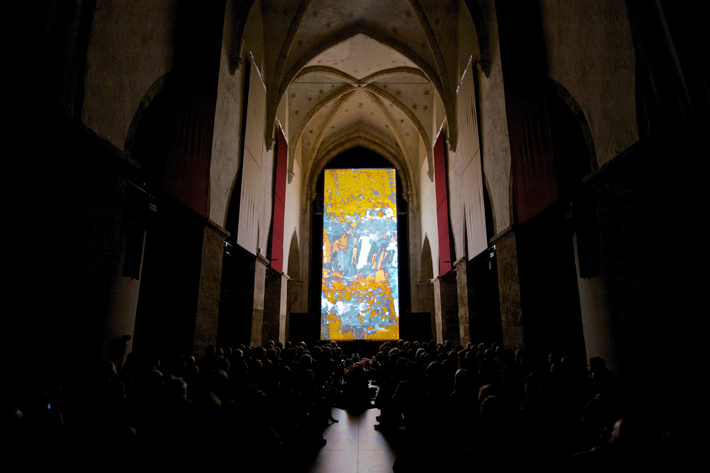Related post
Video-mapping at Ibiza Light Festival by Improbablefilms
Nov 20, 2017
|
Comments Off on Video-mapping at Ibiza Light Festival by Improbablefilms
2247
Panasonic Laser Projectors Illuminate Story of the Forest at National Museum of Singapore
Aug 10, 2017
|
Comments Off on Panasonic Laser Projectors Illuminate Story of the Forest at National Museum of Singapore
1857
Facehacking: how it was in 2014
Jan 12, 2015
|
Comments Off on Facehacking: how it was in 2014
2806



 The numbers from advertising agency Vibrant Media give some more ground to the claims about the success of the format. The company introduced February 2017 a vertical video ad format to North America, Europe, the Middle East and Asia-Pacific. It joins Vibrant’s pre-roll, In-Line and Lightbox ads as part of its video portfolio.
The numbers from advertising agency Vibrant Media give some more ground to the claims about the success of the format. The company introduced February 2017 a vertical video ad format to North America, Europe, the Middle East and Asia-Pacific. It joins Vibrant’s pre-roll, In-Line and Lightbox ads as part of its video portfolio.


